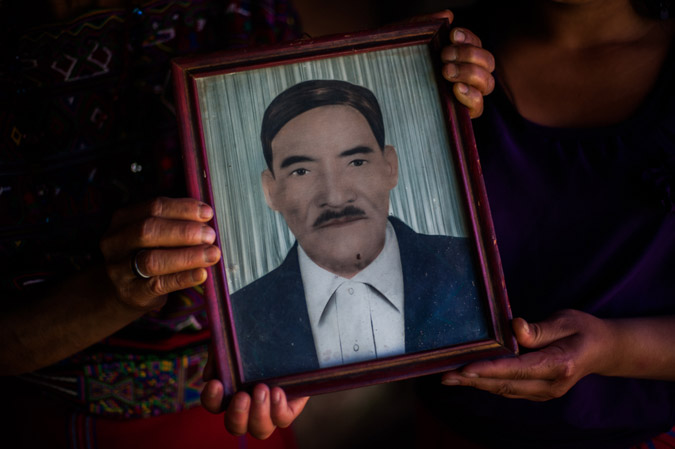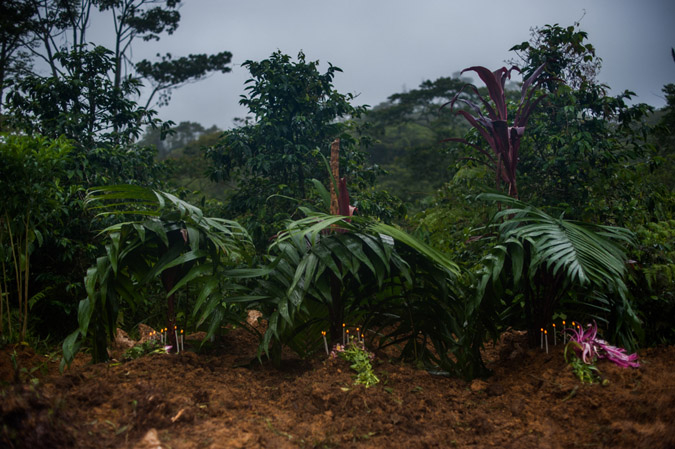2015 Finalist
Book Award Years
Daniele Volpe - Ixil Genocide in Guatemala
In the early eighties, the Ixil Community was one of the principal targets of a genocide operation, involving systematic rape, forced displacements and hunger during the Guatemalan civil war. According to a 1999 United Nations truth commission, between 70 and 90% of Ixil villages were razed and 60% of the population in the highland region were forced to flee to the mountains. By 1996, it was estimated that some 7,000 Maya Ixil had been killed. The violence was particularly heightened during the period 1979–1985 as successive Guatemalan administrations and the military pursued an indiscriminate “scorched-earth”.
Jose Efrain Rios Montt, who ruled Guatemala for nearly seventeen months during 1982 and 1983, was on trial in Guatemala City for genocide and crimes against humanity. The main charges allege that he was the intellectual author of 1,771 deaths and the forced displacement of 29,000 people in the Ixil region. After more than 30 years he was found guilty of genocide and sentenced to 80 years in prison. Only ten days after a trial court issued its historic verdict, Guatemala’s Constitutional Court overturned the verdict and restarted the trial. However, the trial was an important milestone in holding political and military leaders accountable for international crimes. For Guatemalans, it is hoped it will also contribute to an accurate historical account of the gross human rights violations committed during the civil war, in a process that will reinforce the country’s young democracy.
Nowadays, many survivors are still searching for the remains of their deceased relatives from the civil war. Exhumations make up an important part of the process of clarification and evidence gathering of Guatemalan justice, with respect to massacres against civilians. The forensic inquiry tries to reconcile the grief of survivors, who can then give a dignified burial to their loved ones.


Exhumation in Santa Avelina, Cotzal.

Feliciana Bernal stands between the trenches dug by forensic anthropologists in Xe'Xuxcap, Nebaj. She is looking for her one year-old son, who died over 30 years ago.






Forensic anthropologists place the skeleton of one of the 77 victims of the Covadonga massacre, under the gaze of his family members. Estrella Polar, Chajul.



